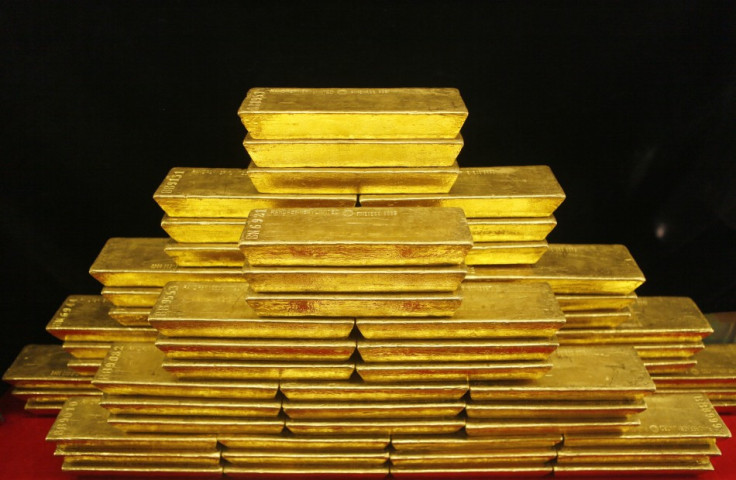Meteors Brought World's Gold to Earth 4 Billion Years Ago

All the world's gold and platinum in use today came from outer space after a mammoth meteorite shower slammed the earth. This happened more than four billion years ago, scientists revealed.
A research published in science journal, Nature, suggests that there is enough gold and platinum in the core of the earth to plate the surface of the globe up to four metres thick.
Apparently, these huge gold deposits appeared during the earth's formation when molten iron sank to its centre, dragging with it vast quantities of precious metals.
This event had left the earth lacking gold and platinum until a cataclysmic meteor consisting 20 billion tonnes of meteorite matter, including gold and platinum, slammed into the earth during the 200 million-year-long shower.
There are many theories to explain the precious metal phenomenon, but after the analysis of some of the world's oldest rocks, scientists have found direct evidence that a phenomenal meteor shower changed the newly formed Earth's chemical composition.
The study's co-author, Matthias Willbold, and his team compared ancient rocks from Greenland with modern ones, only to discover the two samples have different tungsten isotope ratios.
"Extracting tungsten from the rock samples and analysing its isotopic composition to the precision required was extremely demanding given the small amount of tungsten available in rocks. In fact, we are the first laboratory world-wide that has successfully made such high-quality measurements," Willbold said.
"This is a sort of a time capsule that gave us the possibility to calculate how much material had to be added to the Earth to satisfy the tungsten isotopic composition that we find in the earth today," he added.
According to the scientist, it was the best isotopic or geochemical evidence found so far which suggests that the bombardment ever happened.
"Our ability to measure these (isotopes) precisely enough to see these differences is just opening a totally new window into early planet formation," said Richard Carlson of the Carnegie Institution of Washington who has also studied early earth using isotopes.
Over a period of time, these metals were stirred into the earth's mantle. later, they emerged in newly formed continents, concentrated in the ore deposits which are mined today.
© Copyright IBTimes 2025. All rights reserved.





















